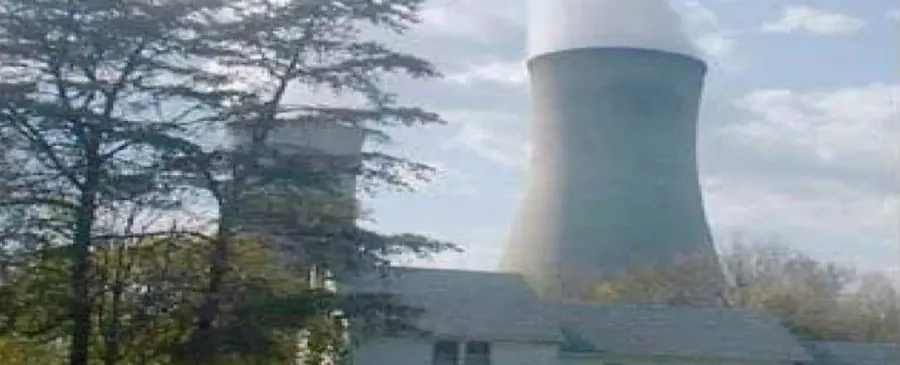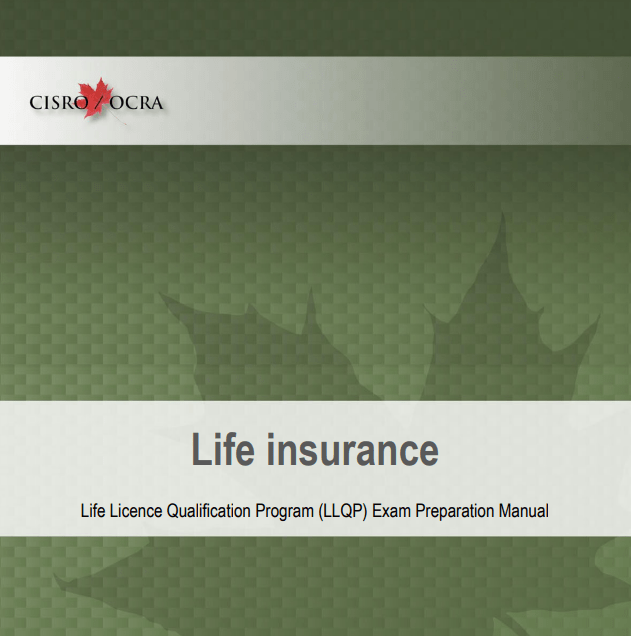
Environmental Site Assessments (ESA)
The Environmental Site Assessment (ESA) has become a standard tool for the protection of property investors, owners, and managers, from environmental liability. It is particularly useful prior to a financial transaction in connection with ownership. For control of environmental liability, buyers, lenders, investors, or insurers should demonstrate their due diligence in inquiring into the environmental condition of the property by using an ESA. An ESA is further advisable as a baseline assessment, so that future assessments may by comparison, demonstrate maintenance of good environmental condition and practices. There are three types of reports, referred to as phases, that may be necessary, based on the condition and history of the property in question.
Phase 1
Phase I is an information search, (identifying pertinent regulations, reviewing records; literature; maps; and conducting interviews), as well as a survey of the surface of the site. It is sometimes necessary to include limited sub-surface investigations in Phase 1. The aim is two-fold: firstly, to collate information relevant to past and present environmental condition and liability; and secondly, to identify areas of concern that may require further investigation in a Phase II survey. The cost is typically in the range of $2,000.
Phase 2
In Phase II all necessary sampling and testing is conducted in order to establish the nature, quantity, location and extent, of any material, substance, or event, that is considered to be of environmental concern, as defined by the pertinent regulations identified in Phase I. Firstly, areas of concern identified in the Phase I survey are confirmed, and then additional sampling or other investigations are conducted in order to determine the extent of the contamination. ‘Contaminants’ can be present in soil- surface or sub-surface; surface water or ground water; or within the construction of site buildings and plant. Based on the finding of the Phase II investigation, recommendation for remediation of environmental concern are made, if necessary. The cost will vary depending on the size of the site and the amount of work required.
Phase 3
Phase III is an assessment of the information gathered in Phases I and II, in the light of risk assessment, with the objective of developing an appropriate remedial action plan. The cost will vary based on the size and scope of the plan, but it can range from tens of thousands of dollars to hundreds of thousands of dollars.
Scope of the ESA
Assessment Phases I and II will include a selection of the following services as appropriate to the project scope:
- Visual inspection and survey
- Monitoring wells
- Follow-up site visits
- Soil/ water sampling
- Services stakeouts
- Soil density testing
- Site History review
- On-site chemical screening
- Construction materials testing
- Full range laboratory analysis
- Building structural survey
- Liaison with regulatory authorities
- Soil drilling/ Test-pits/
- Full analytical/ Interpretive report
Environmental Regulations
In all Phases of the assessment, it is important that the relevant environmental regulations are understood and accessible for reference. The survey is conducted and interpreted in the light of these regulations. Environmental site assessment reports are based on guidelines set out in the following documentation:
- CCME National Guidelines for Decommissioning Industrial Sites
- CCME Interim Canadian Environmental Quality Criteria for Contaminated Sites
- CCME Guidance Manual on Sampling, Analysis, and Data Management for Contaminated Sites (December 1993), Volumes I and II.
- Guidelines for the Decommissioning and Cleanup of Sites in Ontario
- Interim Guidelines for the Assessment and Management of
- Petroleum Contaminated Sites in Ontario, 1993
- Ontario Ministry of the Environment Regulation 347
- Risk Assessment Guidance for Superfund, Volume 1, Part A
- Supplemental Guidance for the above
- Understanding Superfund Risk Assessment
- Tables #1 to #9 on Contaminated Sites
- US EPA Superfund Public Health Evaluation Manual
- Ontario Reg. 645/85- Reg. respecting Asbestos on Construction Projects and in Buildings Repair
- Ministry of Labour – Designated Substances in the Workplace, (Asbestos)










